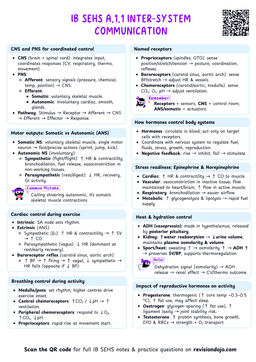Excess Post-Exercise Oxygen Consumption (EPOC)
Excess post-exercise oxygen consumption (EPOC)
Excess post-exercise oxygen consumption (EPOC) refers to the continued elevation of oxygen consumption after exercise has ended.
- Excess Post-Exercise Oxygen Consumption (EPOC) occurs because the body requires additional oxygen to restore homeostasis, replenish energy stores, and clear metabolic byproducts accumulated during exercise.
- It is a direct consequence of the oxygen deficit incurred at the onset of exercise and is influenced by the intensity and duration of physical activity.
Oxygen deficit
The gap between the oxygen required during exercise and the oxygen available at the onset of physical activity. This deficit leads to anaerobic metabolism and the production of lactate.
Why is EPOC Important?
- It reflects the body’s ongoing energy demands after exercise, even at rest.
- EPOC is proportional to the oxygen deficit incurred during exercise, higher-intensity workouts lead to a greater oxygen debt and thus a larger and longer EPOC phase.
- It plays a key role in training adaptations, fat metabolism, and muscle recovery.
Oxygen Debt
The temporary condition where the body’s oxygen consumption during exercise is insufficient to meet the immediate demand, leading to EPOC as the body works to restore oxygen levels and clear metabolic byproducts.
Oxygen Deficit and EPOC
| Oxygen Deficit | EPOC (Excess Post-Exercise Oxygen Consumption) |
|---|---|
| Occurs at the start of exercise when oxygen demand exceeds supply | Occurs after exercise ends as the body repays the oxygen debt |
| Energy demand is met by anaerobic sources (ATP-PC & glycolysis) | Oxygen consumption remains elevated to restore homeostasis |
| Greater in high-intensity or untrained individuals | Higher-intensity exercise leads to a greater and longer-lasting EPOC |

- Think of EPOC as paying off a loan.
- During exercise, your body borrows energy by using anaerobic processes.
- Afterward, it repays the debt by consuming extra oxygen.
Why Does EPOC Occur?
The Oxygen Deficit During Exercise
When exercise begins abruptly:
Phosphocreatine (PCr)
A high-energy compound stored in muscles that provides quick ATP regeneration during the early stages of exercise before aerobic metabolism fully activates.
- ATP demand is immediate but is initially met by phosphocreatine (PCr) and anaerobic glycolysis.
- The aerobic system, which requires time to activate, lags behind and leads to oxygen deficit.
- Oxygen needs are temporarily greater than the available supply.
- Think of the oxygen deficit as a credit card debt.
- When you exercise intensely, you "borrow" oxygen, but after the exercise, you need to "pay back" the oxygen debt, which is the EPOC.
Sprinting or HIIT (High-Intensity Interval Training) results in a larger oxygen deficit because of the rapid, high-energy demand.
Note- The larger the oxygen deficit, the greater the EPOC required for recovery.
- This is because the body must work harder to return to normal after a larger anaerobic contribution during the exercise.
Recovery Phase (EPOC)
Once exercise ends, oxygen consumption does not immediately drop to resting levels. The body needs extra oxygen to:
- Restore ATP and PCr used during exercise.
- Replenish oxygen stores in hemoglobin and myoglobin.
- Clear out excess carbon dioxide produced during exercise.
- Cool down the body (due to increased body temperature).
- Repair tissues and clear lactate.
The Two Phases of EPOC
EPOC is divided into two phases: the fast component and the slow component.

1. Fast Component (Rapid recovery)
This phase occurs immediately after exercise and lasts for a few minutes. Key processes include:
- Replenishment of ATP and PCr stores: Since these were rapidly depleted at the start of exercise, oxidative metabolism helps regenerate ATP and PCr.
- Oxygen restoration in hemoglobin and myoglobin: Oxygen borrowed from these proteins must be replaced.
- Rapid decline in breathing and heart rate: Initially, ventilation remains elevated to clear excess carbon dioxide.
After a 100-meter sprint, your body rapidly restores ATP and PCr to prepare for the next burst of activity.


